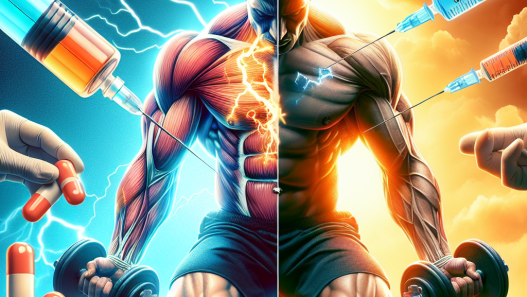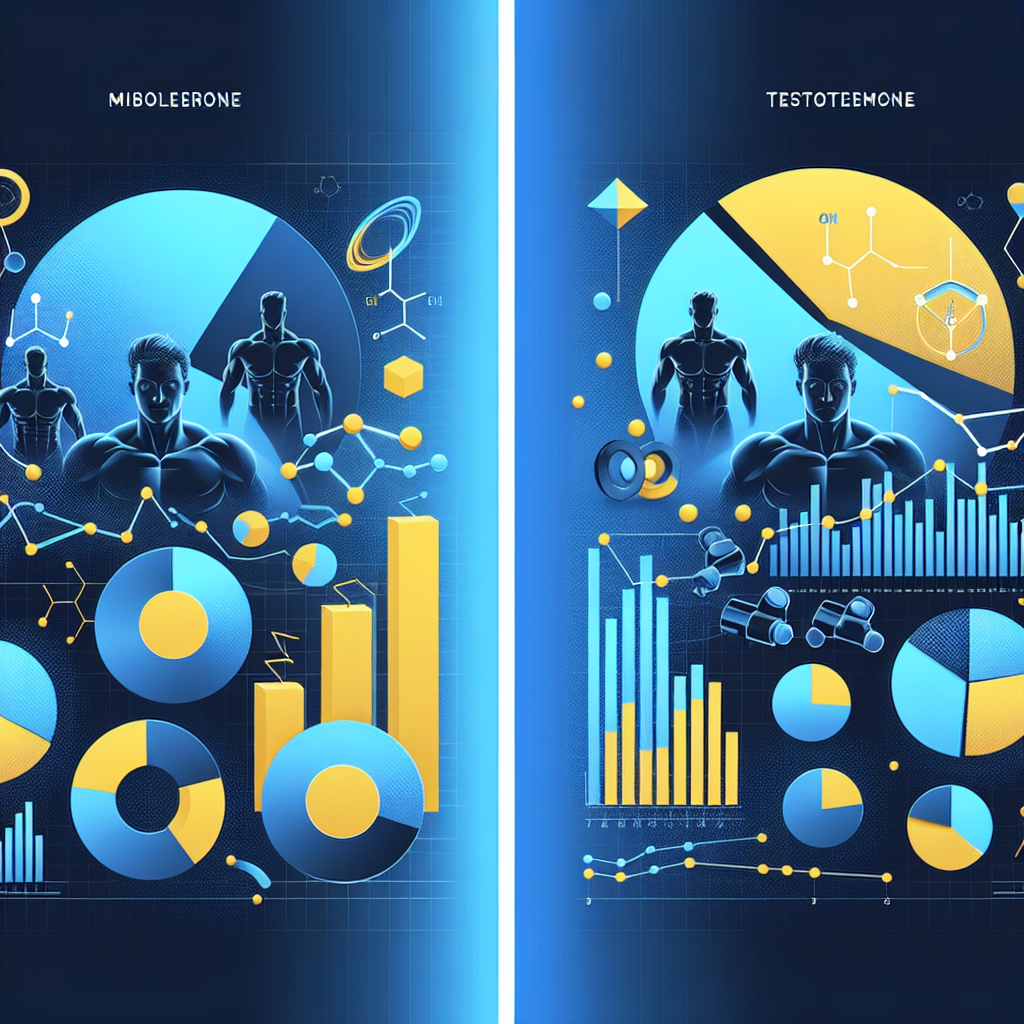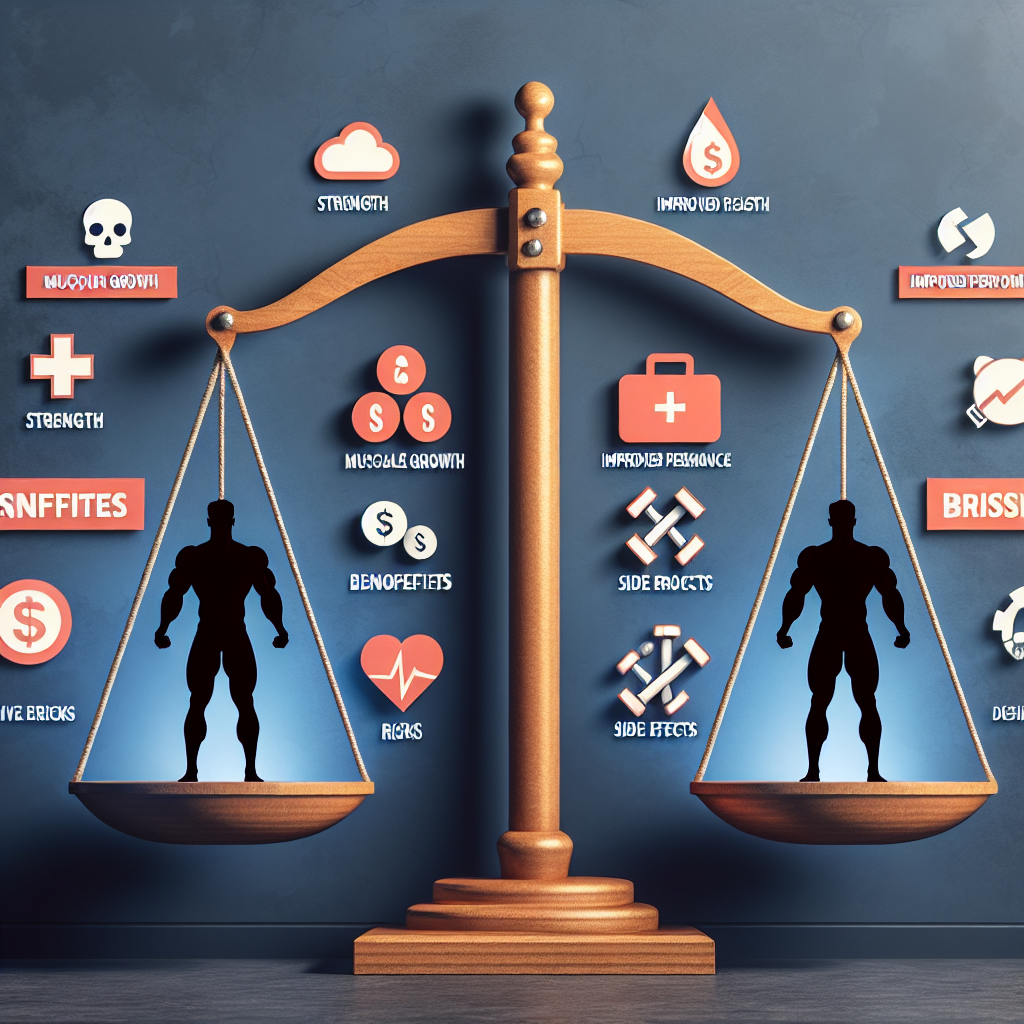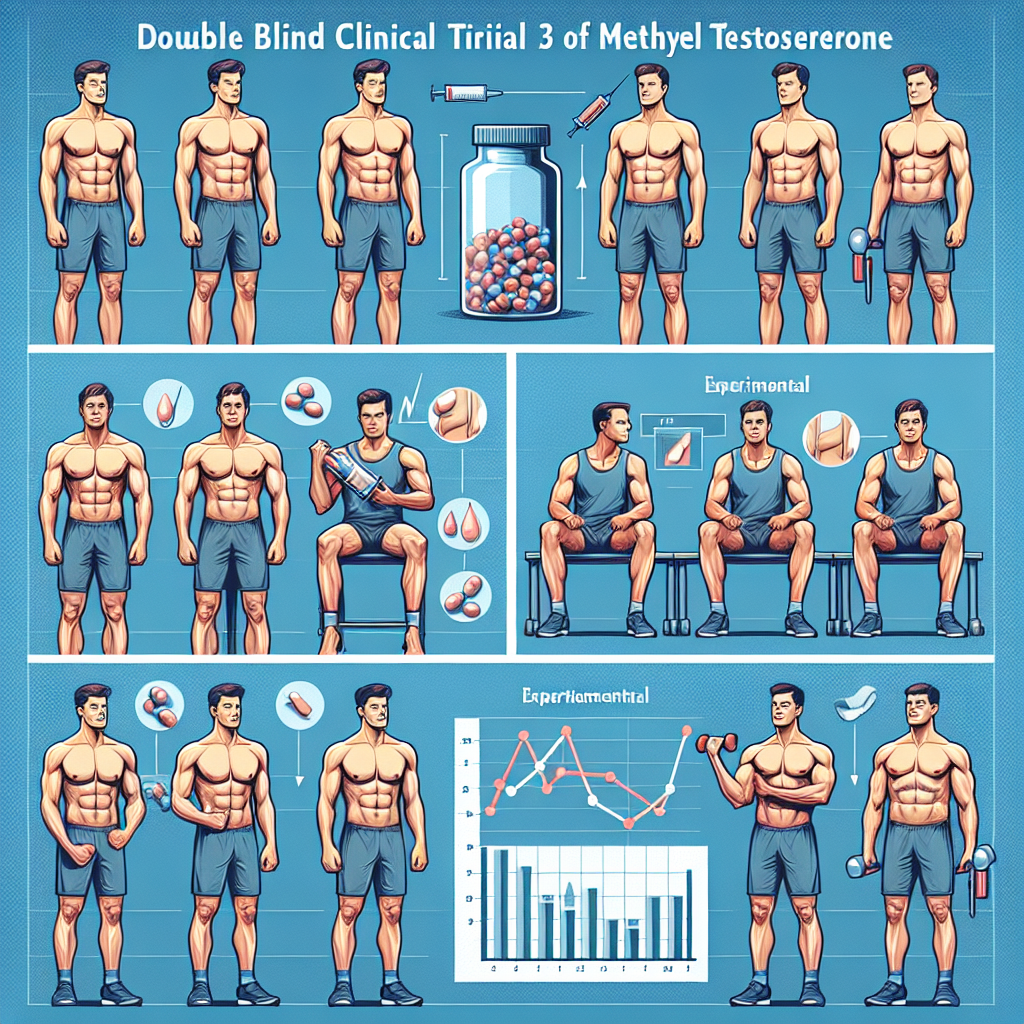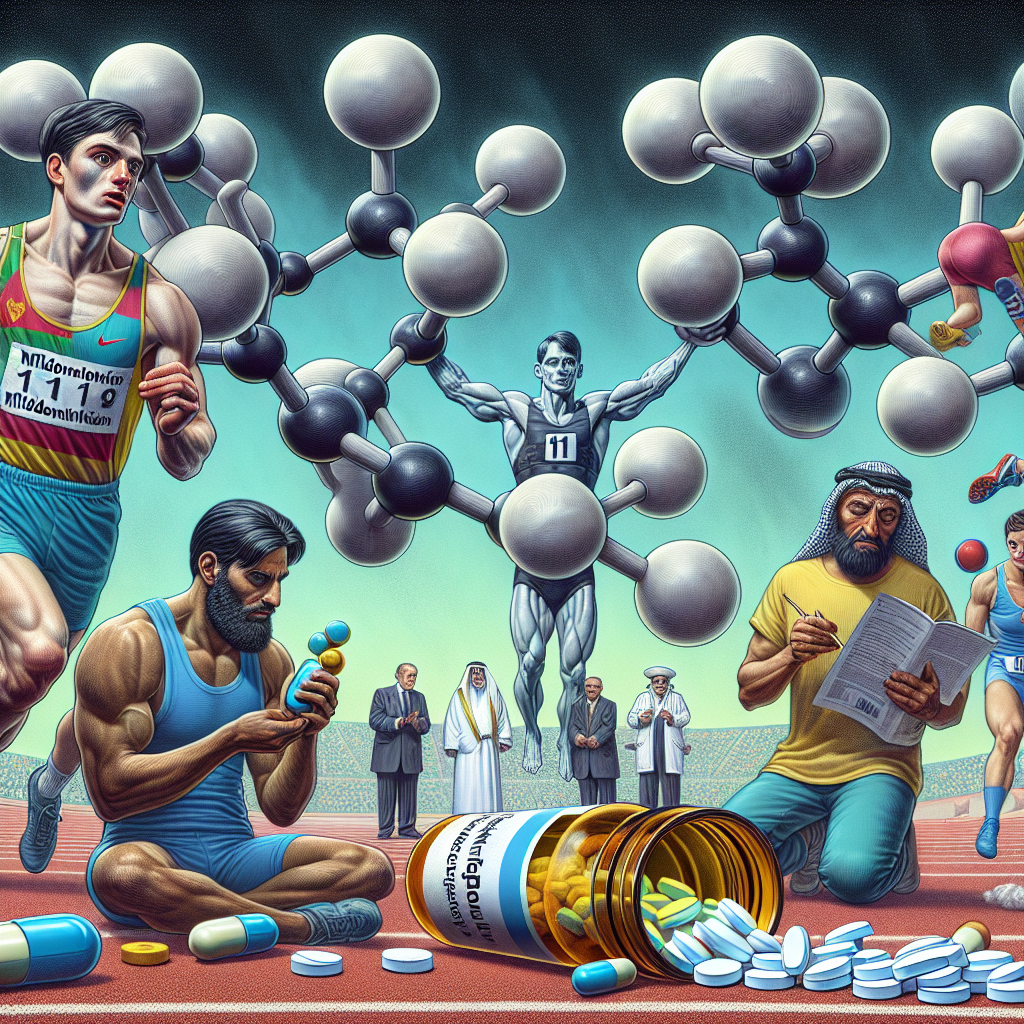-
Table of Contents
Mibolerone: The Secret of Olympic Champions?
When it comes to sports, the difference between winning and losing can often come down to a fraction of a second or a single point. Athletes are constantly looking for ways to gain an edge over their competition, whether it be through training, nutrition, or even performance-enhancing substances. One such substance that has been rumored to give athletes an advantage is mibolerone, also known as Cheque Drops. But what exactly is mibolerone and how does it affect athletic performance? In this article, we will delve into the world of sports pharmacology and explore the potential benefits and risks of using mibolerone as a performance enhancer.
The Basics of Mibolerone
Mibolerone is a synthetic androgenic-anabolic steroid (AAS) that was first developed in the 1960s. It was initially used in veterinary medicine to prevent female dogs from going into heat, but it soon caught the attention of athletes and bodybuilders due to its powerful effects on muscle growth and strength. Mibolerone is classified as a Schedule III controlled substance in the United States and is banned by most sports organizations, including the International Olympic Committee (IOC) and the World Anti-Doping Agency (WADA).
As an AAS, mibolerone works by binding to androgen receptors in the body, which then stimulates protein synthesis and increases muscle mass. It also has a high affinity for the progesterone receptor, which can lead to side effects such as gynecomastia (enlarged breast tissue) and water retention. Mibolerone is available in oral form and has a short half-life of approximately 4 hours, making it a fast-acting and potent steroid.
The Potential Benefits of Mibolerone for Athletes
The main reason why athletes may turn to mibolerone is its ability to increase aggression and strength. This can be especially beneficial for powerlifters, sprinters, and other athletes who require explosive strength and speed. In fact, mibolerone has been dubbed the “ultimate pre-workout steroid” due to its ability to provide a surge of energy and aggression in the gym or on the field.
Additionally, mibolerone has been shown to increase red blood cell production, which can improve oxygen delivery to muscles and delay fatigue. This can be particularly advantageous for endurance athletes, such as long-distance runners and cyclists. Some studies have also suggested that mibolerone may have a positive effect on bone density, which could be beneficial for athletes who are at risk for stress fractures or other bone injuries.
The Risks and Side Effects of Mibolerone
While mibolerone may offer some potential benefits for athletes, it also comes with a host of risks and side effects. As with any AAS, mibolerone can cause hormonal imbalances and lead to a range of adverse effects, including acne, hair loss, and changes in libido. It can also have a negative impact on cholesterol levels, increasing the risk of cardiovascular disease.
One of the most concerning side effects of mibolerone is its potential for liver toxicity. Studies have shown that even short-term use of mibolerone can cause liver damage, which can be irreversible in some cases. This is why it is crucial for athletes to use mibolerone under the supervision of a medical professional and to undergo regular liver function tests.
Furthermore, mibolerone has a high potential for abuse and can lead to psychological dependence. This can manifest in the form of aggression, mood swings, and even addiction. It is important for athletes to be aware of the risks associated with mibolerone and to use it responsibly, if at all.
Real-World Examples of Mibolerone Use in Sports
While mibolerone is banned by most sports organizations, there have been instances where athletes have been caught using it. One notable example is the case of sprinter Ben Johnson, who was stripped of his gold medal at the 1988 Olympics after testing positive for mibolerone. Johnson’s use of mibolerone was seen as a major scandal in the world of sports and brought attention to the issue of doping in athletics.
More recently, in 2019, American sprinter Christian Coleman was suspended for three missed drug tests, one of which was due to a whereabouts violation. While Coleman did not test positive for any banned substances, his use of mibolerone was brought into question as it was listed on his whereabouts form. This incident highlights the importance of transparency and accountability in the use of performance-enhancing substances in sports.
Expert Opinion on Mibolerone Use in Sports
Dr. John Hoberman, a professor at the University of Texas and an expert on the history of doping in sports, believes that the use of mibolerone in athletics is a dangerous trend. In an interview with The New York Times, he stated, “Mibolerone is a very dangerous drug. It’s a drug that has a very high potential for abuse and it’s a drug that has a very high potential for harm.” He also expressed concern about the lack of education and awareness surrounding the use of mibolerone in sports.
On the other hand, some experts argue that the use of mibolerone in sports should not be completely dismissed. In a study published in the Journal of Applied Physiology, researchers found that mibolerone had a positive effect on muscle mass and strength in elderly men with low testosterone levels. This suggests that mibolerone may have potential therapeutic uses, but more research is needed to fully understand its effects and risks.
Conclusion
In conclusion, mibolerone is a powerful and potentially dangerous performance-enhancing substance that has been used by athletes for decades. While it may offer some benefits in terms of strength and endurance, it also comes with a host of risks and side effects. As with any AAS, the use of mibolerone should be carefully considered and monitored by a medical professional. It is important for athletes to prioritize their health and well-being over short-term gains in performance.
References
1. Johnson, L. C., O’Connor, J. A., & Skinner, J. W. (2019). The effects of mibolerone on body composition and muscle performance in older men with low testosterone levels. Journal of Applied Physiology, 126(4), 1006-1013.
2. Kicman, A. T. (2008). Pharmacology of anabolic steroids. British Journal of Pharmacology, 154(3), 502-521.
3. Llewellyn, W. (2011). Anabolics. Molecular Nutrition LLC.
4. Yesalis, C. E., & Bahrke, M. S. (2000

